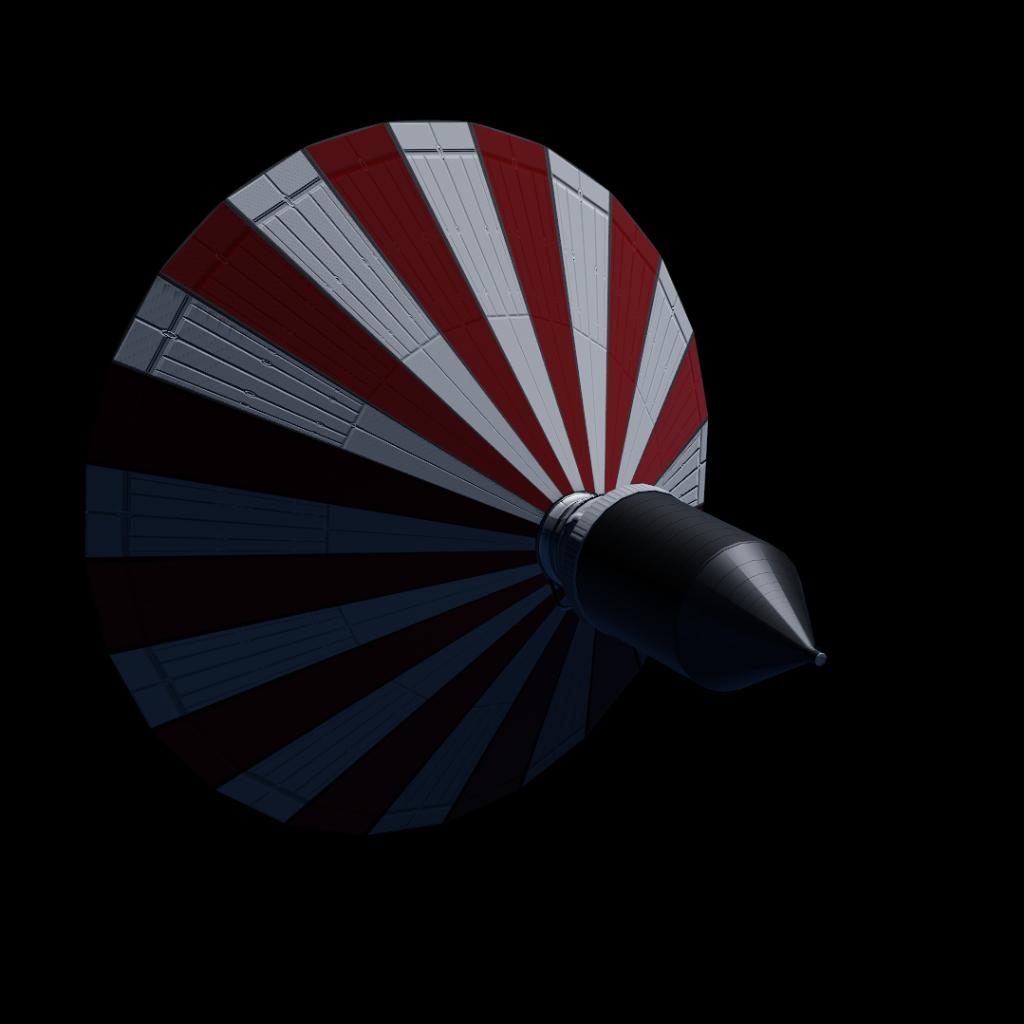Big Dumb Booster, The Sea Dragon
335 parts
The Sea Dragon was a 1962 conceptualized design study for a two-stage sea-launched orbital super heavy-lift launch vehicle. The project was led by Robert Truax while working at Aerojet, one of a number of designs he created that were to be launched by floating the rocket in the ocean. Although there was some interest at both NASA and Todd Shipyards, the project was not implemented.
Truax's basic idea was to produce a low-cost heavy launcher, a concept now called "big dumb booster." To lower the cost of operation, the rocket itself was launched from the ocean, requiring little in the way of support systems.
Despite having a 550 Ton LEO payload capacity, it would not be used to carry payloads. All the mass was taken up by a Liquid Hydrogen tank to supply fuel for Nuclear upper stages, also studied during the same era.

The main reason i decided to build this is to clear up some common misconceptions about the Sea Dragon. Here's a few;
- Sea Dragon was never truly considered possible. It was a study, and the study itself concluded that building such a rocket was implausible
- Sea Dragon did not have a payload fairing.
- Despite popular belief, Sea Dragon was not the largest rocket ever conceptualized. Other concepts from even earlier would make the Sea Dragon look tiny.
- It could not reach the moon. Or carry plutonium. I'm talking to you, FAM fans.
Another reason is to show how much you can accomplish with little parts. This craft can be considered mobile friendly at just 335 parts.
All action groups are named.
Features an expanding second stage nozzle and an inflatable first stage flare for a "soft" splashdown.
Ballast is not included yet
Hopefully this one doesnt get used without permission by a website for an article :)
GENERAL INFO
- Created On: Windows
- Game Version: 0.9.999.99
- Price: $429,887k
- Number of Parts: 335
- Dimensions: 161 m x 32 m x 32 m
PERFORMANCE
- Total Delta V: 6.2km/s
- Total Thrust: 455.7MN
- Engines: 6
- Wet Mass: 2.35E+7kg
- Dry Mass: 6.73E+6kg
STAGES
| Stage | Engines | Delta V | Thrust | Burn | Mass |
|---|---|---|---|---|---|
| 1 | 5 | 3.4km/s | 375.5MN | 9.4m | 2.35E+7kg |
| 3 | 1 | 2.9km/s | 80.2MN | 2.8m | 7.21E+6kg |
14 Comments
- Log in to leave a comment
-
-
-
14.5k CardZlol2.3 years ago
@HorizonsTechnologies The engine wouldnt suffer from combustion instability. The waves created would dissipate before reaching the nozzle walls.
It however wouldnt be able to fly either way; It was never meant to. -
3,692 HorizonsTechnologies2.3 years ago
@DrexxVolv Unfortunately, when you look at the statistics, it just isn’t possible to construct an engine of that magnitude that wouldn’t explode from its own pure force. The F-1 had that kind of problem of combustion stability and I would think one that’s more than 10 times larger would follow with those issues much worse.
It was also known that the sea dragon was supposed to be a very cheap rocket for NASA’s budget. Hence its simple design.
-
1,732 neodynamic+1 2.3 years ago
@HorizonsTechnologies I mean, if this thing got funding, it probably could’ve
But it was way out of it’s time.
And NASA’s budget. -
-
-
-
-
14.3k FalconAero+7 2.3 years ago
I bet a cringe Chinese news website will steal this in the next 24 hours
-
-
-










As explained on the description; Sea Dragon was never truly considered possible. It was only a STUDY. not a plan for the future.
No matter how high NASA's budget was at any point in time, Sea Dragon wouldnt have been built.